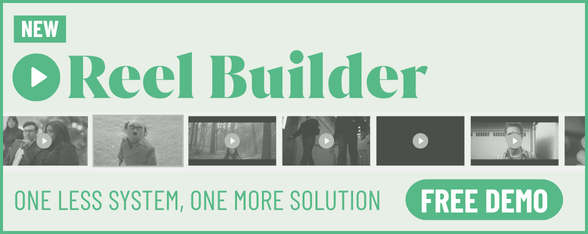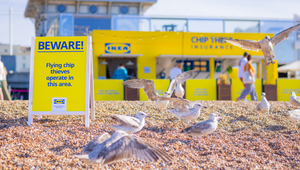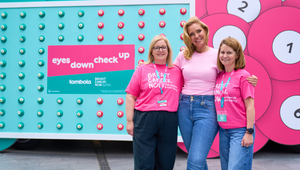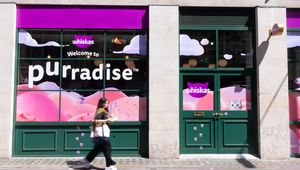
Chief Empathy Officer: Michael Frohlich's Approach to Modern Agency Management
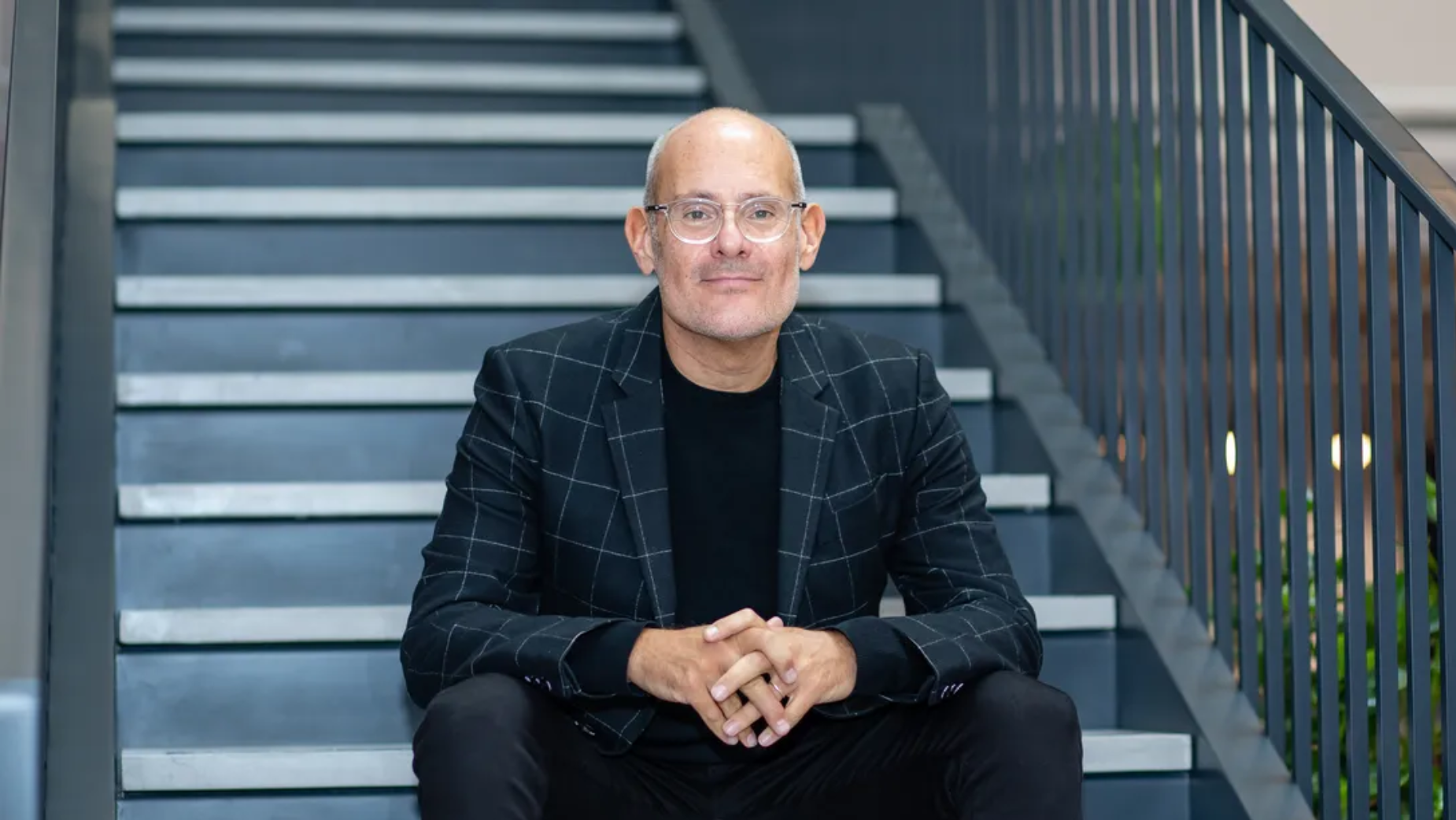
Michael Frohlich has a dual role at The Weber Shandwick Collective – he’s both EMEA chief executive officer and global chief client transformation officer. He also considers himself ‘chief empathy officer’. Don’t cringe too hard. He’s got enough self-awareness to realise how corny that is, but the principle stands, so he’s happy to say it out loud – companies are built on people understanding each other’s needs, strengths and weaknesses.
Since joining TWSC in 2021, he’s definitely brought transformation to the earned-first collective of agencies. At the cusp of 2024 and 2025, LBB’s Alex Reeves caught up with Michael about the journey up to now, and what 2025 represents for Weber Shandwick and its clients.
LBB> How was 2024 for you?
Michael> It’s been a great year, but it’s been a three-year journey for us. I always break that down like this:
Year one: You set the vision. You’ve got to get people behind it and help them understand what they’re working towards.
Year two: You start making it all work.
Year three: You see the fruits of your labour – it all starts coming together.
And that’s where we’ve been.
We’ve had a great year, winning loads of awards across the industry. We won more Cannes Lions, and we’ve been recognised across multiple rankings:
- Fast Company’s Most Innovative Companies List
- PRWeek’s Global Agency of the Year
- Fast Company’s Best Workplace for Innovators
- Provoke’s Global Agency of the Year
- EMEA SABRE Healthcare Consultancy of the Year in both 2023 and 2024
And beyond that, we’ve had some fantastic client wins across the region. For example, France is now the most awarded agency in the country, which is a huge milestone. So yes, it’s been a good year – a really good year.
But let’s not sugarcoat it – it’s also been hard. Complicated. The context in Europe has been difficult: two wars, elections happening everywhere – there've been a lot of external challenges, not just for us, but for everyone. Navigating all of that has been tricky.
LBB> The last time I interviewed you was years ago when you were at Ogilvy, and you were setting out a similar vision.
Michael> I suppose as a CEO, or in any senior transformation role, you’re always setting the agenda and laying the path for a company moving forward.
LBB> One thing people talk about a lot is dismantling silos. I imagine the challenge at Weber Shandwick is quite different.
Michael> It is. Every agency is different – every network, every setup. Weber Shandwick is very different. But also, an agency is an agency. As you said, everyone talks about breaking down silos and improving collaboration.
At Ogilvy, it was much more of a structural change. At Weber Shandwick, it’s been more of a behavioural change – particularly across multiple offices. It’s been about changing how people work together, especially coming out of covid, when people hadn’t seen or spoken to each other as much.
When I took on this role, I set out a clear three-year vision for success, encouraging people to see that we are better together. That was a big push at the start. We launched a three-year transformation programme across Europe, set against five simple objectives:
1. Be Client-First – It’s all about the clients.
2. Be People-Powered – You can only be client-first if your people are empowered to do what they want.
3. Be Brave, Feared, and Famous – Brave in our work, feared in how we show up, and famous for what we create.
4. Be One – Working together across the region – collaborating on new business, clients, and initiatives.
5. Drive Growth – Financial and strategic growth.
We set those objectives at the beginning, and all the CEOs across the region bought into them. For the last three and a half years, we’ve been driving them forward, constantly reinforcing them. That’s how we’ve changed behaviour and collaboration.
We also introduced a Sideboard – a group of mid-level people from across the region who meet with me once a month to work on initiatives together. It’s about finding every possible way to change behaviour.
LBB> You’re also chief transformation officer. Obviously, a big part of that is innovating while protecting the core of the business. Are there any changes you’re particularly excited about? And are there things you really want to protect?
Michael> First of all, Weber Shandwick has always been a very innovative company. Even before I joined, it was leading the way in so many areas – particularly in social media engagement. When you look back, it was one of the pioneers in how agencies engage with social.
But you’re right – balancing your core DNA with innovation is hard. What we’ve done is embrace and protect our core identity as an earned-first agency. We believe that now is the era of earned, and it’s more important than ever.
The first step was confirming the importance of earned media – not just for us but for the entire industry. A couple of years ago, we did a study with the IPA to quantify the value of earned media. We’ll send you the full report, but here are some key stats:
- 53% of earned-first campaigns were more likely to drive very large business effects.
- They were 2.6 times more likely to generate very large profit growth for companies.
- 75% were more likely to create halo effects across a client’s product franchise.
- 57% drove very large-scale gains.
That was the foundation. From there, we started innovating. We built AI-driven tools designed to demonstrate the power of earned in the era of earned. That led to a whole suite of new measurement tools, and today, our entire way of working is driven by AI-based insight and analytics.
This has been a major investment. We also built our own sandbox, because clients are rightly concerned about agencies using their data in open AI feeds. So we created a private, secure environment – a huge investment, but essential for maintaining trust.
We’ve fully embraced innovation, and I genuinely think what we’re doing is beyond what any other agency is doing.
But on the other side it’s also about looking at the issues we care about.
One area we’re very strong in is health. We’ve been named Provoke’s EMEA Health Agency of the Year for both 2023 and 2024.
A major innovation was Rachael Pay, our head of health for the region, focusing on her passion for women’s health – particularly addressing gender inequities in healthcare. Last year, we launched Weber Shandwick’s Women’s Health Practice across Europe, and now we’ve rolled it out globally. It’s a different type of innovation – not technological, but systemic.
That said, we did create an AI-powered index that analyses gender bias in health communications. A surprising amount of women’s health communication actually uses male cues, meaning it doesn’t resonate with its intended audience. Our algorithm and index measure how well a piece of health communication aligns with gender suitability – helping brands make their messaging more effective.
We’ve just launched the second phase of that initiative, focusing on health inequalities overall. We’ve partnered with The Patients Association to examine health inequality and explore how we can help our clients and the industry tackle those disparities. Because health inequality – aside from climate change – is probably the biggest challenge the world is facing. The world is unhealthy, and there are massive healthcare inequalities.
LBB> You touched a little on the value of earned earlier. I’m always interested in meaningful measurement – there’s a lot of debate around what metrics genuinely show if your work has worked. Where does Weber Shandwick stand on that? What are your principles on measurement?
Michael> For us, there’s been a massive shift over the last three years – moving from outputs to outcomes and impact. Outcome measurement on its own doesn’t do much. It just pats you on the back – it doesn’t really make a difference. Now, everything we do is much more focused on outcomes and impact. We’ve developed a suite of measurement tools around what we call Impact Value.
This includes:
- Brand impact measurement
- Contribution modelling
- Scenario planning
We took cues from our EMEA head of data & analytics, Elizabeth Gladwin – she’s phenomenal, an extraordinary mind. She came from a media measurement background, and she’s applied that thinking to earned media, creating entirely new models.
The Earned Effect Study was the starting point, showing that earned media does make a difference. But now, we apply that with clients through dashboards, tools, and real-time measurement.
With more advanced clients, we can demonstrate the financial impact of earned – something that’s never really been done before and historically has been a problem for the PR industry. Now, we can quantify the actual financial effect on a business and brand. It’s a game-changer. I’d say one of our strongest global capabilities is measurement, data, and analytics – powered by a huge tech stack and proprietary AI models.
Elizabeth lives and breathes this stuff. Every time I go into a new business pitch with her and this offering, I can see how much it blows people’s minds. It blows my mind every time! This was the missing piece in our industry – the ability to accurately measure earned media’s business impact. But we can do it now. It’s great.
LBB> Another thing that’s critical – especially for earned media – is competing for attention in spaces where people are just existing within culture. And across EMEA, with such a diverse range of markets, how do you approach being part of culture in an authentic way?
Michael> There are two important things.
First, you need to really understand the audience.
Second, you need to be able to forecast – to look ahead and predict what’s coming next.
And, I’m sorry to go on about AI and data analytics again, but that’s how you do it now.
Because we’re part of IPG, we have access to multiple first-party data sources, and we work closely with other IPG agencies. That allows us to build synthetic personas – incredibly specific audience profiles tailored to each market and persona type.
We also have a trends mapping tool that tracks:
- What’s in, what’s out
- What’s hot, what’s not
- What’s coming, what’s going
That means we can focus our clients and activity on cultural nuances and relevance – anticipating trends instead of reacting to them.
On top of that, we have a Cultural Insiders programme. This is a network of experts around the world with specialist passion points – not just work-related ones, but their personal interests. For example, if we’re working with a gaming client, we can tap into people from hundreds of markets who are genuinely passionate about gaming. We always test what the data and analytics say against human insight. It’s about matching cultural intelligence with real-world perspective.
Another critical factor is risk analysis and mitigation. We see it all the time – brands misreading cultural moments and facing backlash. [In December], Arla launched its Bovaer milk campaign, thinking it was saving the world – but the backlash was huge.
We’ve built multiple tools for risk mitigation to help prevent these issues before they happen.
One method we use is red teaming. We input a new idea or concept into our AI system, and it generates counterarguments – essentially pre-empting the backlash or criticisms that could emerge.
That’s a game-changer because most brands only think about risk when the crisis is already happening. Instead, we work with clients way before that stage, identifying and mitigating potential risks so they never reach that point. It’s all about protecting the brand.
Navigating culture today is a minefield, so you need as many tools and boundaries as possible to do it safely.
LBB> I heard you wanted to be an architect before getting into all of this. Do you feel like an architect in the job you’re doing now?
Michael> It’s my go-to answer when someone asks, ‘What would you be doing if not this?’
Architecture is about creativity and science coming together – creativity and maths. And that’s exactly what’s involved in running, building, and restructuring an agency. Creativity is at the core of what we do. But at the same time, you need structure, symmetry, and organisation. We’re a very matrixed business, so to have a high-performing matrix, you need to think about the science and maths behind it – while still ensuring creativity is at the centre. Because innovation comes from creativity. That’s why I wanted to be an architect, and that’s why I see so many parallels between that and what I do now.
LBB> How do you think you’ve grown as a leader in the past three years at Weber Shandwick?
Michael> This might sound a little corny, but I often think of the CEO as chief empathy officer.
Because no matter what you’re leading, it’s always about the people you’re leading.
You’ve got to have empathy – you have to listen, understand what people need, and help them be powerful for clients so they can deliver great work.
I’ve had lots of leadership positions, but they’ve all been in different types of organisations with different outputs.
So whether it’s transformation, being a CEO, or client leadership, it always comes down to listening and reacting to the people in front of you.
There are three things that stick with me:
1. Lead with the integrity to tell the truth
2. Have the charisma to make people listen
3. Have the guts to act






